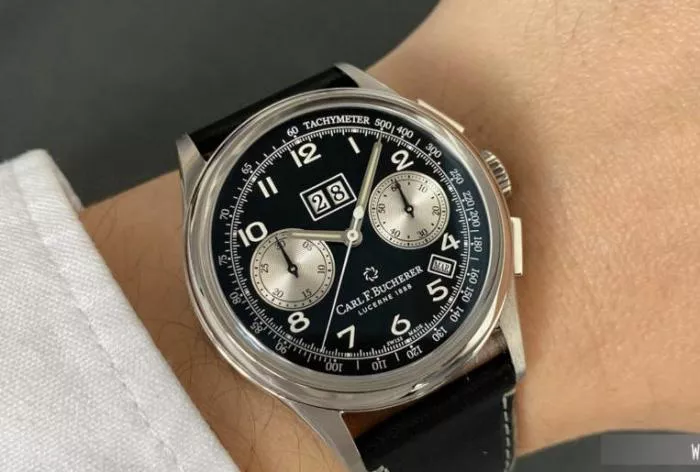Rolex has announced the closure of its Guangzhou service center in August, marking the end of a two-decade presence in southern China. The facility, one of only three official service centers in mainland China, handled repairs and maintenance for customers in Hong Kong, Macau, and the region but did not sell watches. The Beijing service center will also eliminate its front desk reception, though the company has not publicly explained these changes.
Customers in Guangzhou will now submit repairs through authorized retailers, with watches forwarded to Rolex’s remaining centers in Beijing or Shanghai. The move comes as the brand faces a cooling secondary market: Morgan Stanley data shows Rolex’s pre-owned index has fallen over 30% since its March 2022 peak, including a 1.6% drop in Q4 2024. On Xiaohongshu, the hashtag #RolexPriceDrop has surpassed 73,000 views, reflecting shifting consumer sentiment.
Strategic Shift Toward Centralized Control
Industry insiders suggest the closure is less about cost-cutting and more about reinforcing governance. Mai Sir, co-founder of luxury resale platform Hui Mai, noted, “If Rolex wanted, it could open two more service centers tomorrow. This is about risk management, not savings.”
During the pandemic, supply shortages led some dealers to bundle Rolex watches with less desirable models, artificially inflating scarcity and secondary market prices. Reports also surfaced of staff reselling spare parts unofficially. By consolidating service operations, Rolex may aim to curb such practices, tightening oversight of inventory and customer interactions.
Parallels to Moutai’s Direct Distribution Playbook
An anonymous dealer executive likened Rolex’s strategy to Moutai’s pivot toward direct sales, which boosted profits but strained distributor relationships. “They’re following a similar model,” the executive said, “though not without friction.”
Yang Yongxing, secretary-general of the Xiamen Watch Association, speculated on Xiaohongshu that the Guangzhou closure could precede a flagship store launch—potentially integrating retail, after-sales service, and Rolex Certified Pre-Owned (CPO) operations. The CPO program, introduced globally in 2022 and expanded to China this year, allows authorized dealers to sell vetted secondhand watches, with its first Hong Kong store opened via Oriental Watch Company.
Erosion of the “Value Retention” Myth
The secondary market slump signals a broader shift in luxury consumption. Where buyers once viewed Rolex as an investment, focus is now turning to product experience and brand meaning. Yet for Rolex, “value retention” isn’t just a resale metric—it’s a pillar of brand mythology, tied to scarcity and stability. If that perception weakens, the brand’s pricing power and status symbolism could face long-term risks.
Corporate Governance Takes Center Stage
Rolex recently launched a whistleblower platform on its website, enabling anonymous reports on issues from human rights to environmental compliance. While framed as corporate responsibility, the system also functions as an internal audit tool.
Taken together—the service center closures, CPO expansion, and new governance measures—Rolex’s moves reveal a full-spectrum strategy to control its ecosystem. Beyond safeguarding prices, the brand is reinforcing the narrative that keeps its watches synonymous with enduring prestige.


